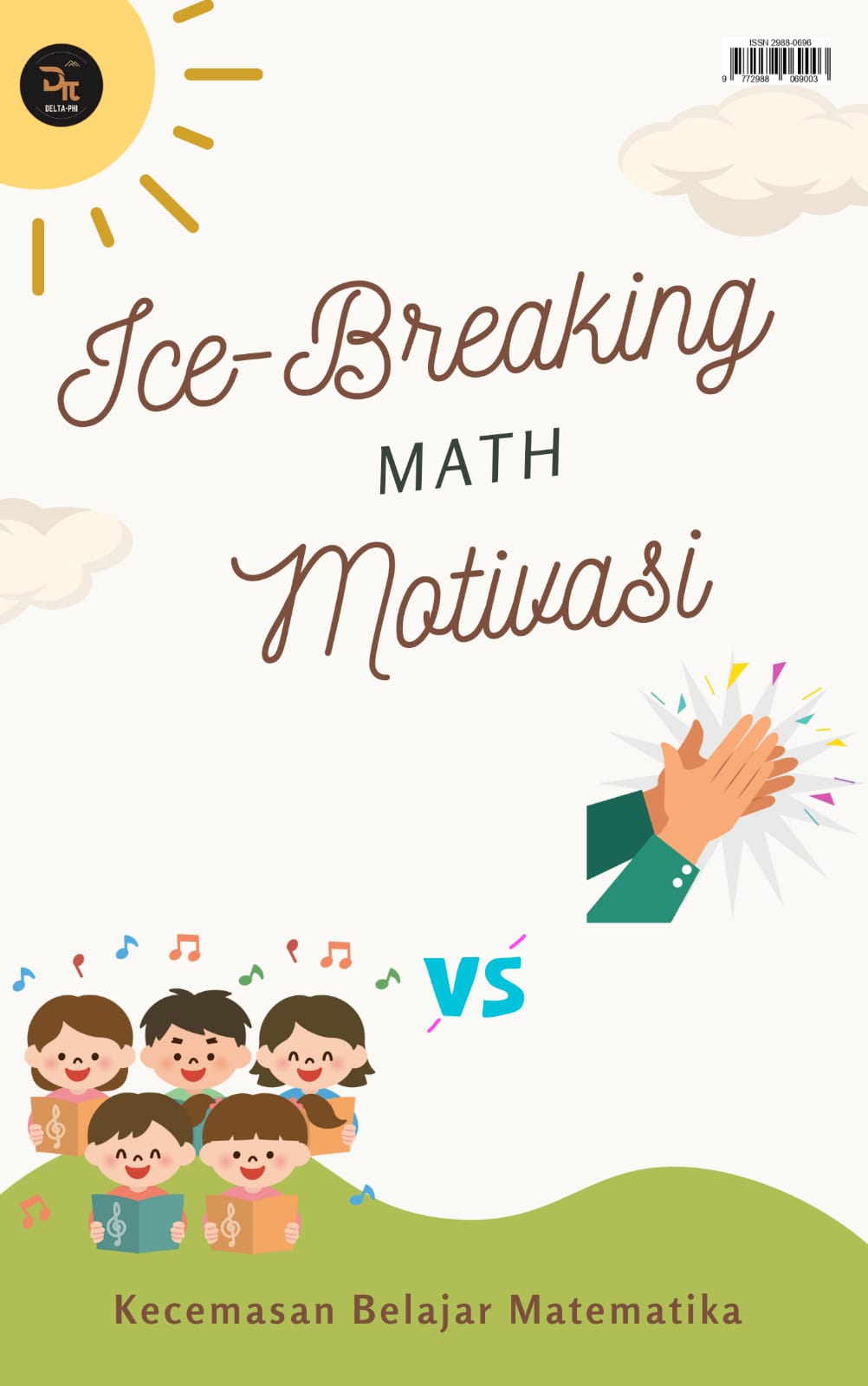Clap-Breathe-Count: Using Ice-Breaking Ma-Te-Ma-Ti-Ka to Increase High School Students' Learning Motivation
Keywords:
Ice Breaking, Learning Motivation, Mathematics, Learning AnxietyAbstract
Creating a conducive learning atmosphere is an important factor in getting full attention from students. Suppose the atmosphere in the classroom could be more conducive. In that case, it will cause students to feel bored, tired, not focused on the teacher, sleepy, and even talk to their classmates, especially when students appear to show anxiety about learning. Ice Breaking is an exciting learning media that prioritizes innovative, creative, and futuristic elements. This research aims to determine the use of the icebreaker method to increase student motivation in class XI high school mathematics subjects. The research design used was pre-experimental, namely a one-group design with pre-test and post-test (single-group pre-test and post-test design). The subjects of this research were 36 students using random quota data collection techniques. The data analysis used in this research is the product-time correlation test. The statistical technique used is Pearson product-moment correlation. The data collection tool used was the icebreaker questionnaire. The research results show that icebreaking learning significantly affects students' mathematics motivation.
Downloads


 SMA Negeri 1 Pasuruan, Indonesia
SMA Negeri 1 Pasuruan, Indonesia
 Bogdan Khmelnitsky Melitopol state pedagogical university, Ukraine
Bogdan Khmelnitsky Melitopol state pedagogical university, Ukraine




















